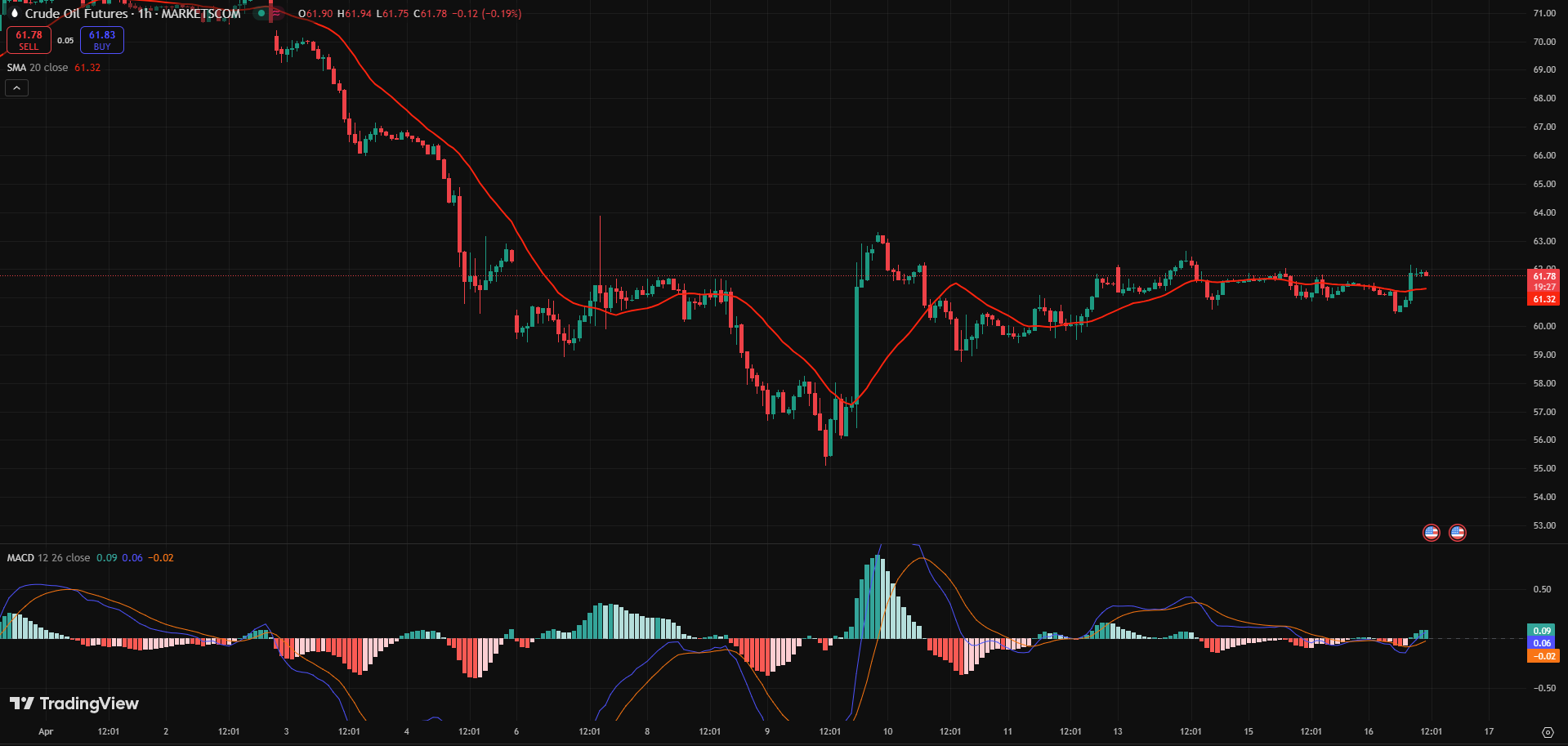Crude oil prices edged higher on Wednesday, reversing early losses as investors responded to reports that China may resume trade negotiations with the United States. Brent crude rose 64 cents to $65.31, while U.S. West Texas Intermediate (WTI) crude added 62 cents to $61.95 per barrel.
The uptick followed a Bloomberg report quoting an anonymous source close to Chinese leadership, suggesting Beijing seeks greater diplomatic respect and a new U.S. negotiator before agreeing to re-engage in formal discussions.
Market analysts viewed the news as a potential de-escalation signal in the prolonged U.S.-China trade conflict, which has been a persistent drag on oil demand and investor sentiment.
“Reduced trade tensions could stabilize economic outlooks and curb downside risk to oil demand,” said UBS analyst Giovanni Staunovo.
Slowing Demand Outlook Weighs on Market
Despite the optimism over trade discussions, concerns about a slowing global oil demand outlook capped gains. According to the International Energy Agency (IEA), oil demand growth is projected to slow to 730,000 barrels per day (bpd) in 2025, marking the weakest pace in five years.
This revised forecast is a significant downgrade from the 1.03 million bpd increase the IEA had projected just a month earlier. The reduction aligns with the Organization of the Petroleum Exporting Countries (OPEC), which also cut demand estimates this week.
Factors contributing to the outlook include:
- U.S. tariffs dampening global economic activity
- Retaliatory trade measures from China and other partners
- Increased oil supply from OPEC+ nations like Russia
As a result, oil prices have fallen by 13% month-to-date, prompting several major banks, including BNP Paribas, UBS, and HSBC, to revise their crude forecasts downward.
Market Eyes U.S. Inventories, China GDP
Meanwhile, U.S. inventory data added mixed signals. According to the American Petroleum Institute (API):

- Crude oil stocks rose by 2.4 million barrels
- Gasoline inventories dropped 3 million barrels
- Distillate stocks fell 3.2 million barrels
On the macro front, China’s Q1 GDP beat expectations, expanding 5.4% year-over-year versus a 5.1% forecast. However, analysts warned that the strength was largely driven by frontloaded exports ahead of tariffs and may not persist.
“This growth surprise is unlikely to be repeated, as both nations deepen economic decoupling efforts,” said Tamas Varga, analyst at PVM Oil.
With oil markets pulled between hopeful diplomacy and bearish fundamentals, traders remain alert to further developments from both Washington and Beijing.


